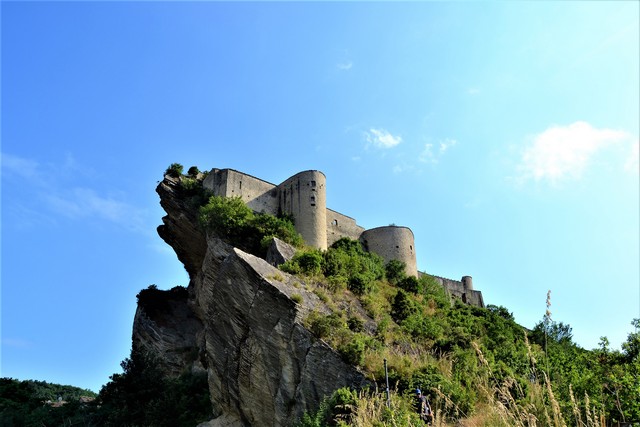
Roccascalegna is a medieval village in Abruzzo, home to about 1,200 inhabitants in which walking in its peaceful poetic silence through the narrow streets of the village, one can smell the scent of vegetable gardens and cooking.
It is a village that is lively and intelligent in content, on the side of the fortified rock overlooking the valley of the Rio Secco, a right tributary of the Aventino River.
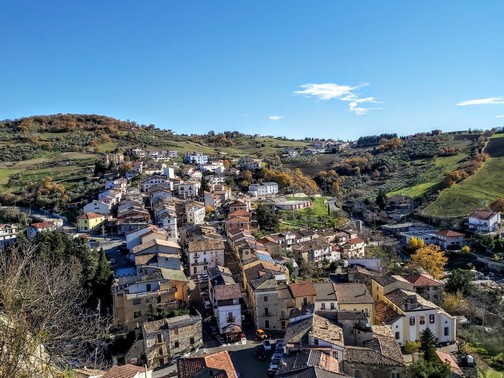

The rural, hillside area is marked by skilled agriculture that produces excellent products, such as honey and pickles, not to mention the innovative “pane porchettato” (bread filled with porchetta, traditional roasted little pork) invented by Mrs. Anna Maria Olivieri, a local baker. A unique specialty, absolutely to be tasted!
There are also several agritourism facilities that encourage a comfortable and healthy vacation.
Handicrafts have also retained their fabric in the village, to the point of being joined by the more recent micro-brewery, run by young residents, to give the village a modern feel.

The name of the village, according to various scholars, could have several etymologies, and among the most noted are the hypotheses that:
- The name goes back to the term “Rocca-scarengia,” documented in the Catalogus Baronum in 1379 as a possession of the Count of Manoppello. According to a French study “scarengia,” derived from “scarenna,” stands for precisely the steep side of a mountain. The later dissimulation of r-r into r-l gave rise in recent times to the transformation of Scaregna into Scalegna;
- Legend has it that in ancient times there was a wooden ladder to access the tower (Rocca= fortress, Scala= ladder and Legna= wooden), as depicted, moreover, on the municipal coat of arms itself, to which the name of the town was linked;
- The origin of the village name derives from a Longobard personal name “Aschari” hence Rocc.Aschar.enea and, later, Roccascalegna.

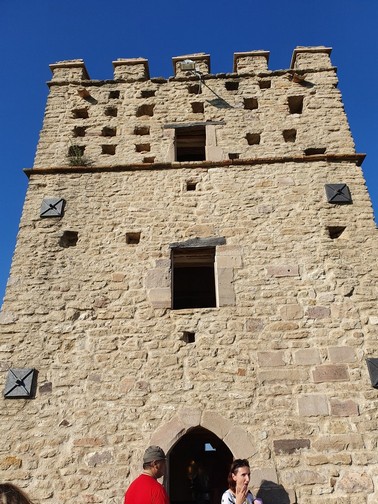

The history of the village is invariably linked to the castle that towers over the town.
In fact, the presence of the fortification on the impervious rock has attracted powerful lordship interests to this village over the centuries.
Longobards, Benedictines, Normans, Swabians, Aragonese and Angevins wanted to benefit from the safe shelter of a secluded place for troops and vulnerable moments of refreshment.
There was no shortage of dark times for the castle and its management, remodeled over time by various feudal families, including the De Annichinis, the Carafas, the De Corvis, the Nanni and the last the Croce- Nanni, who given their economic conditions, decided to sell the castle to the municipality, which finally restored it in the 1890s. Unfortunately in 1940, one of the towers, linked to one of the castle’s legends, came crashing down due to bad weather.
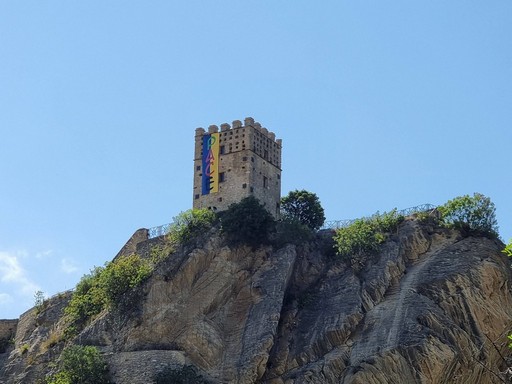

In fact, it is said that a murder was committed in the manor, precisely involving one of the castle’s landowners, namely Corvo De Corvis, to whose character not many good memories are attached.
Considered a tyrant by all the villagers, he owes his name to the veneration of a black raven imposed on all his subjects on pain of death.
But an even more scabrous fact is that he reinstated the law of “Ius primae noctis,” that is, all newlyweds had to “buy back” their wives otherwise the latter had a duty to spend their wedding night with the baron.
After several episodes, the baron was murdered with a stiletto straight to the heart and in the hope of stopping the flowing blood, now dying, he placed a hand on his chest, which soaked in his blood he leaned against the wall of the tower causing it to collapse.
In vain was the attempt to wash away the imprint; it always reappeared.
Since then, it is still believed that the baron’s soul still hovers in the castle, seeking its eternal peace.

Appreciated in the cinema, see “Sottovoce” by Claudio Pazienza, “The Tale of Tales” by Matteo Garrone and “The Name of the Rose” film based on the novel by Umberto Eco), it is also much quoted in tourism by major promotional channels for being truly a fairy-tale castle.
Roccascalegna is one of my favorite places in Abruzzo that you can discover with me during our authentic cultural and culinary tours of Abruzzo.
Ready to travel to Abruzzo, Italy?
Get in touch today for more information about our tour. We are ready to help you choose the best options for your dream vacation!
And if you’re not quite ready to make an inquiry, sign up for our free email course to learn everything you need to know about planning a tour of Abruzzo.
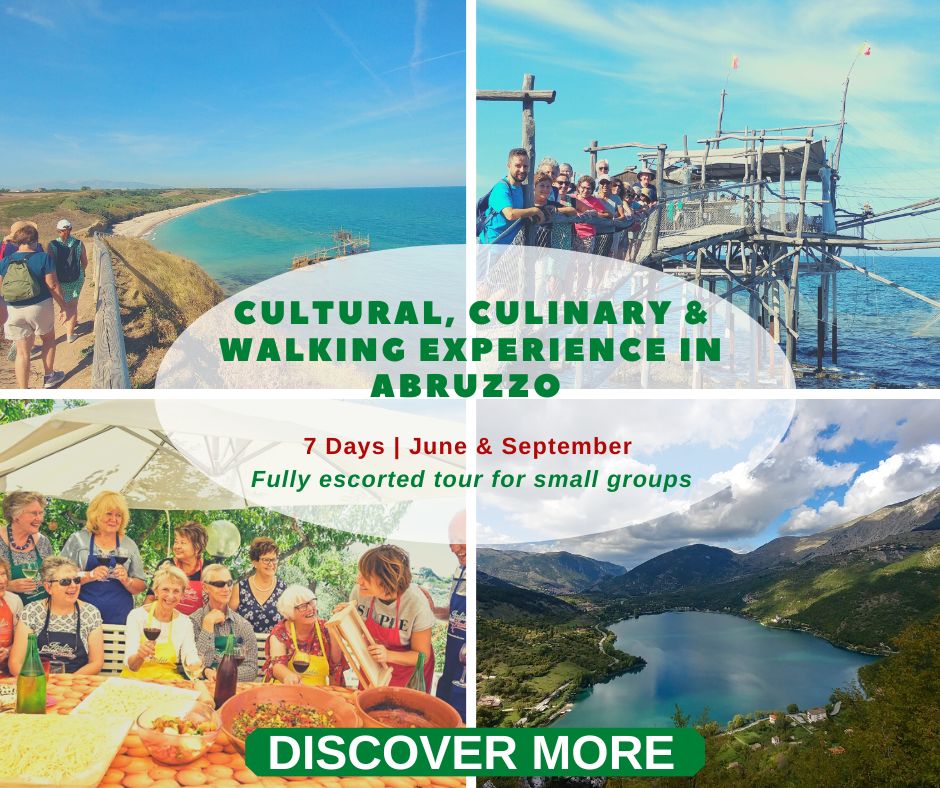
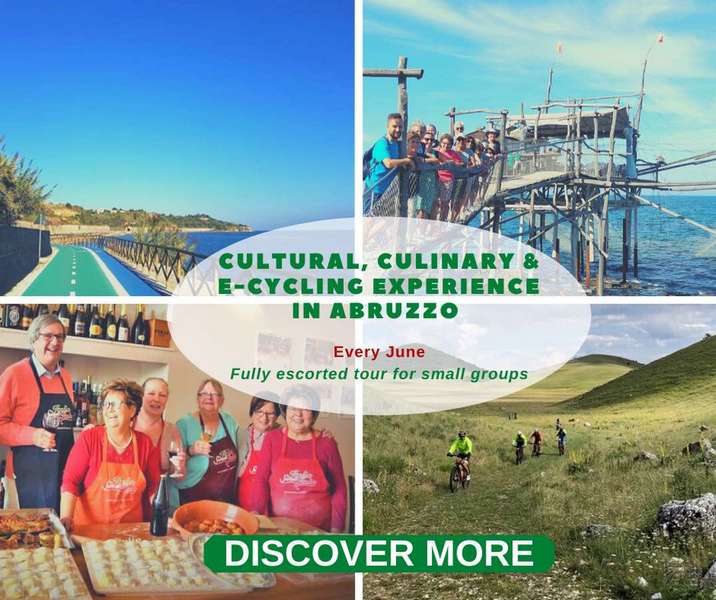
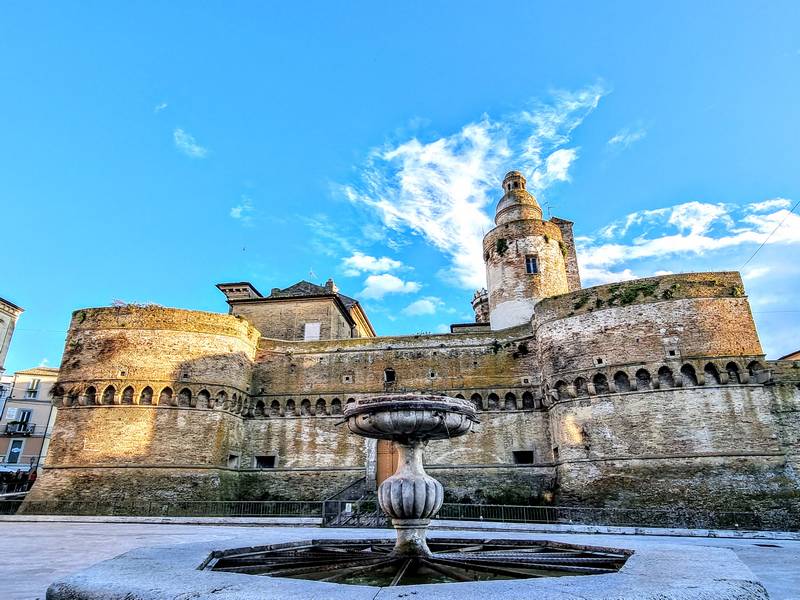
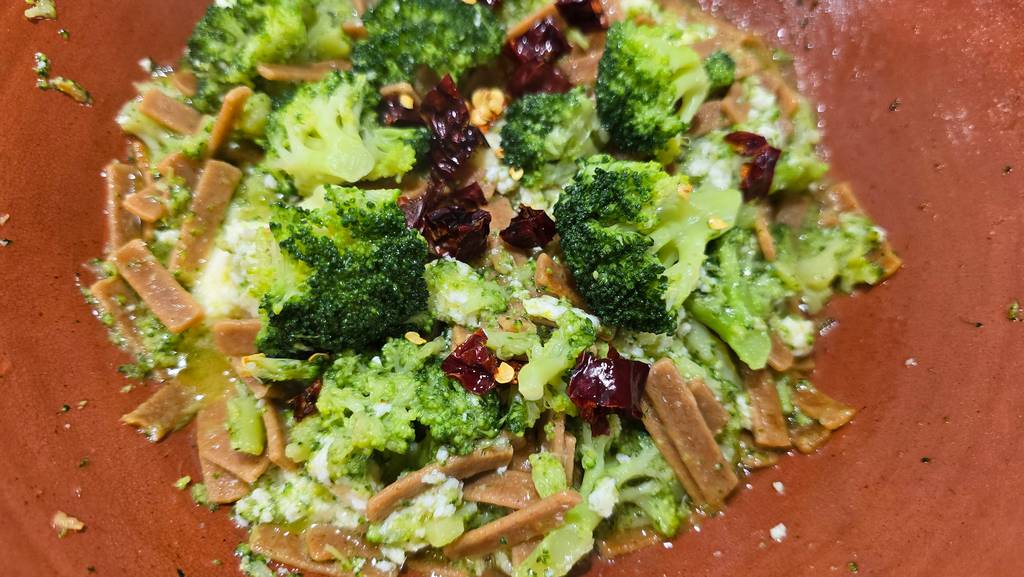
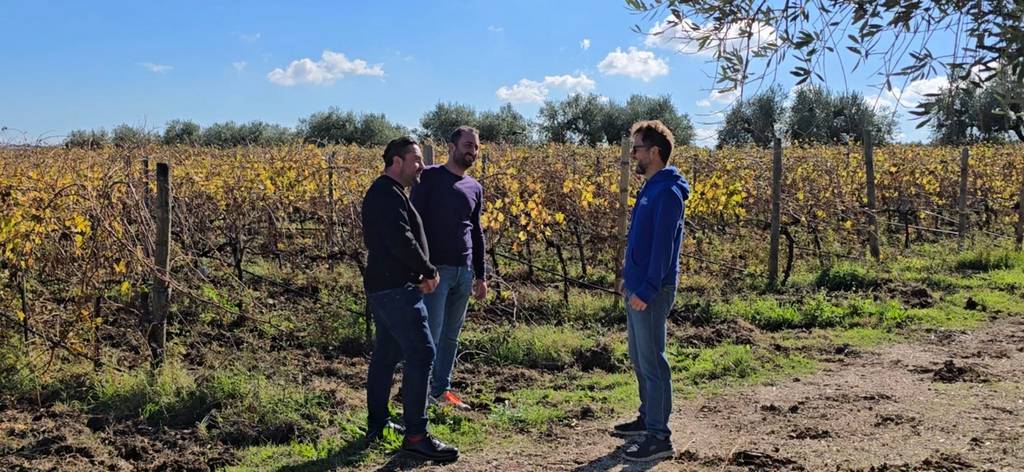

5 thoughts on “The fairy-tale Castle of Roccascalegna”
Hello I’m arriving in Italy on the 3 rd September till the 21st September I’m staying one week in Pacentro I was wondering if you offer day tours around Abruzzo historical and cooking classes would be great if you have anything available
Buongiorno John,
many thanks for taking the time to contact me.
Thank you for your interest in our tours, unfortunately we do not have availability in the requested period.
In future, I hope to have the opportunity to let you discover our culture, traditions, food, landscapes and people.
Ciao for now
Fabrizio
My husband’s family are Giangiordanos and about 10 of them want to visit roccascalegna asap.
Can you help us with that. Maybe spend 2-3 days in rome then 2 days in Rocca and some time in abruzzo . Can you help?
Buongiorno Roseann,
many thanks for contacting me.
I sent an email to Michael to discuss the details.
Thank you.
Grazie and ciao for now
Fabrizio
Roseann,
I am a Giangiordano. We are travelling to Roccascalegna this September, 2024 to visit family. I’m just wondering what part of the family you are in. There are Giangiordano’s in Roccascalegna that apparently are not related; some I met about 10 years ago. I hope you made it to Italy in 2023. If interested and you see this, send a note to dmg44357@gmail.com and perhaps we can figure out if there is any relation.
David